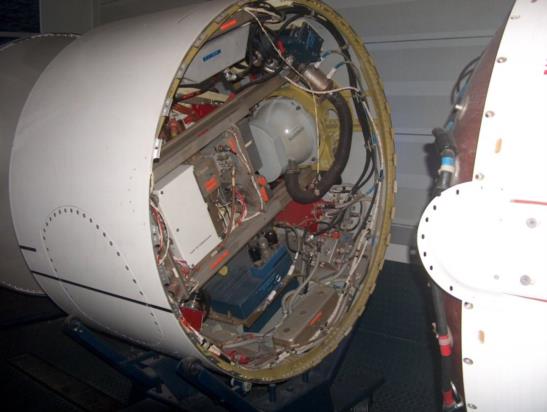
NavList:
A Community Devoted to the Preservation and Practice of Celestial Navigation and Other Methods of Traditional Wayfinding
Re: Navigator's Vision,Day or Night.
From: Frank Reed
Date: 2009 Oct 15, 22:40 -0700
From: Frank Reed
Date: 2009 Oct 15, 22:40 -0700
Peter, you asked: "It seems to me that they actually measured the star's azimuth. If that was indeed the case, does anyone know what they did with that piece of information?" Each of those missiles had its own inertial guidance package. That has to be initialized with position and azimuth in order to get the missile from "here" --safe and sound in our submarine-- to the unfortunate place we'll call "there". If the azimuth is wrong by one minute of arc and "there" is a quarter of the way around the globe, you will miss the target by a nautical mile potentially giving the folks "there" the opportunity to return the favor. If you have time, an INS can "gyrocompass" to get an excellent azimuth, but that kind of time is not available for a missile launch. The submarine's own INS has a good azimuth, but in the early days of missile submarines, apparently it wasn't good enough to transfer to the missile. As it turns out, since the missile will be above most of the atmosphere about two minutes after launch, you can wait until then and use a single star tracker to get that azimuth information. I believe that's the solution that was adopted in the actual missiles with the radio sextant abandoned or relegated to a minor backup role. As it happens, a couple of weeks ago while visiting the Submarine Force museum in Groton, I photographed the guidance package of the Polaris missile that they have on display there. I'm attaching it. The INS is in there somewhere! -FER --~--~---------~--~----~------------~-------~--~----~ NavList message boards: www.fer3.com/arc Or post by email to: NavList@fer3.com To , email NavList+@fer3.com -~----------~----~----~----~------~----~------~--~---







